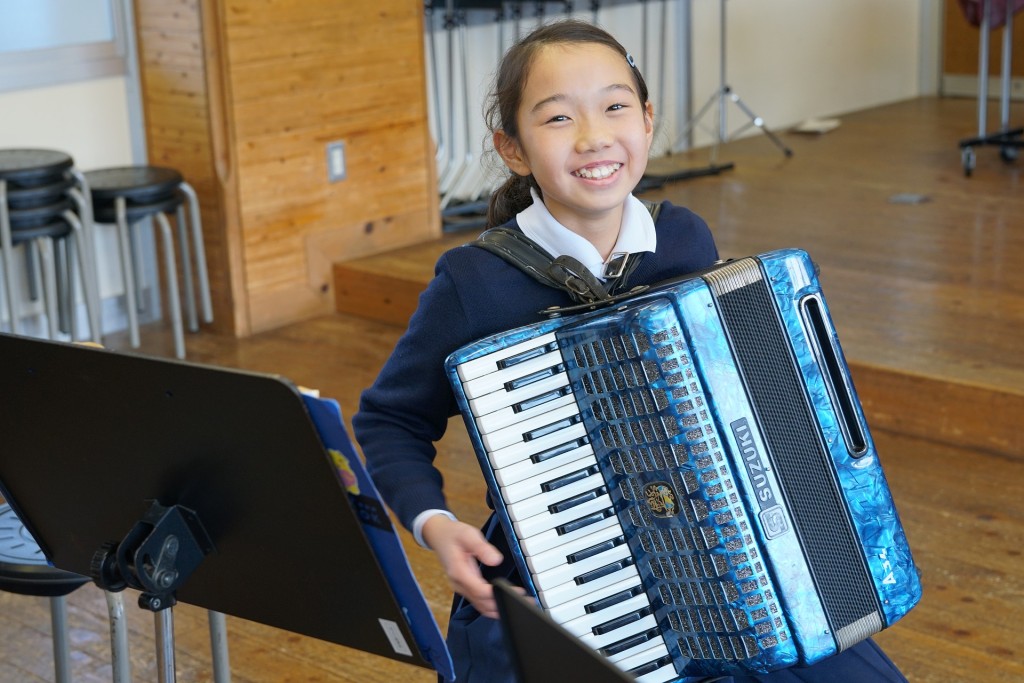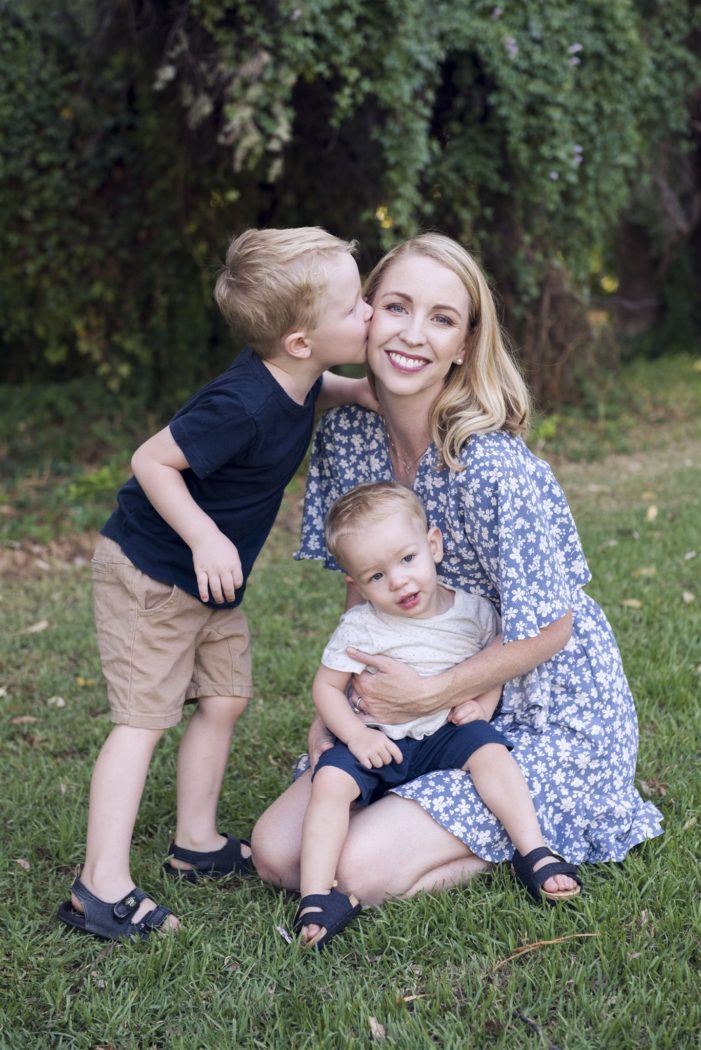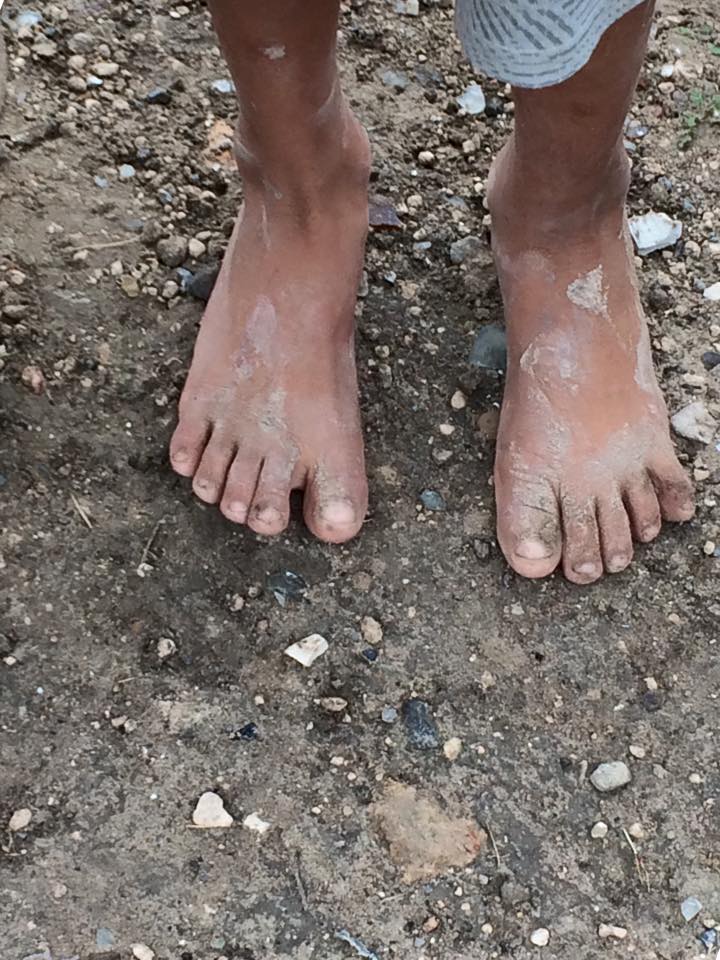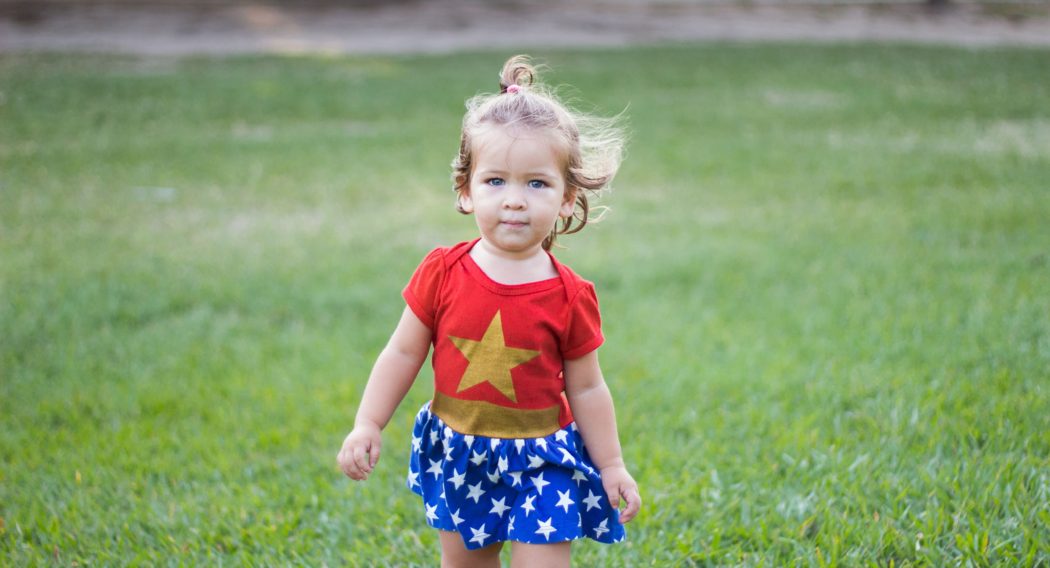Holidays are meant to be a relaxing time, right? Hm, well perhaps not when travelling with toddlers! If you have ever travelled with little ones, this may be something you can completely relate to.
Once Upon A Time when I was young, and didn’t have any wrinkles, and used to flit around the world on a whim, I’d watch parents board planes with toddlers and glower at them. Ferociously. I’d will them not to trail their child and all its paraphernalia in my direction and sit next to me. I didn’t care how apologetic they looked. I had been very busy and I had some relaxing to do, and they looked, well, frazzled and un-relaxed. Jeez, couldn’t they put on some clean clothes and brush their hair? What was all that stuff they were carrying, anyway? Hadn’t they heard of travelling light? Of minimalism? They probably had a whole house full of stuff. They probably had ten houses, actually, bursting with stuff and toddlers. I hoped they never moved next door to me, with all their stuff and overflowing bags and their ten houses and 1000 toddlers. Ugh, what was the deal with toddlers and snot, anyway? Couldn’t they wipe the kid’s nose?
And, so it went. Sometimes those harried parents would sit next to me, or in front of me, or behind me, which was hideous, obviously, with the snot and seat-kicking and everything, and sometimes they’d move past me and sit someplace else. At which juncture, I’d heave an exaggerated sigh of relief and thank my lucky stars.
Ah, well. I was young. The world turns, and most of us become wrinkled up parents of toddlers some day, and Karma, as they say, is one hell of a Beyotch.
I know this, because I married the best guy in the world who, romantically at the time, grew up in two different countries on the other side of the globe. Fantastic, I thought. Not only do I get to marry the best guy in the world, I get to travel back to his two countries for the rest of my life, stopping at a couple of places en route because the flights are so Very Very Very Long. Score!
Ahem. That deluded-ness was before I had my baby, who has turned into a toddler who somehow has Energizer Bunny batteries running 24/7. Unfortunately, my husband’s family and friends still live a gazillion miles away and, unless someone can tell me how to close my eyes and zap myself there in an instant, like Samantha from Bewitched, we’re long-hauling for the rest of our lives. Hello, Karma!
Touchingly, a lot of parents think that flying with their toddler won’t be that bad because, well, it’s their child. They are wrong. Always. 110 per cent wrong. Unless, of course, they have a Freak Toddler with a throwback Good Behaviour Gene – and if they do, they should see a health professional about that. Flying with a toddler is just a bad idea. I figured as much when I was an entitled world-flitter and now, after ten flights in four weeks, two of them around the 35-hour mark, I know it in my bones.
We started out well, I guess. We clipped out lists from those “Happy Long Haul Flights With Toddler” articles, and packed our carry-on bags – about six, but who’s counting? – accordingly. We tried. We had milk and water and crackers and toys and books and a blanky and a sooky and a portable DVD player and DVDs and nappies and wipes and tissues and flannels and toiletries and changes of clothes and fruit and, hilariously, a Kindle for me, loaded with all the books I was going to read.
The Toddler did okay on his first flight, probably because it was a novelty. The second wasn’t too bad, either. By the third, in a terrible portent of things to come, he’d had enough. HAD ENOUGH! Especially when we entered Mexico City’s airport, which was about 500 degrees with no air-conditioning. The Toddler was not down with that. He had San Francisco layers on! He became the flailing, thrashing, screeching manifestation of the Terrible Demonic Twos. He yelled. He cried. He insisted on crawling up the baggage scanner towards our ten-tonne cases hurtling towards him. Every time I pulled him off, he arched his back and foamed at the mouth, and then flung himself on the floor and howled until his face turned purple. I kept waiting for his head to spin around and fly off and hit the Baggage Scanner Lady in the neck. Luckily for us it didn’t, but I think we were close.
People stared at us and frowned. They whispered and moved away. Couples nudged each other and grinned, grateful for the Family Entertainment. The Toddler obliged, ramping up the angst a few hundred notches and sweating profusely. The airport felt like it was 900 degrees. I tried to get his goddamn layers off, while he hurled himself around the baggage cart wailing. Our ridiculous mountain of luggage teetered. Those couples grinned some more, waiting for our cases, knapsack, travel cot, camera bag, hand luggage and random water bottles, books, crackers and tissues to spill all over the floor. Obviously, I wanted the Toddler’s head to fly off and hit them smack bang in the mouth. That would have been just fine with me.
Regrettably, he refused to oblige. The Toddler’s screaming head stayed well and truly attached to his flailing, kicking, furious body. Ah, well. Like they say, Karma is a Beyotch. We were three flights down, and counting. Only, ahem, seven more flights to go.








































